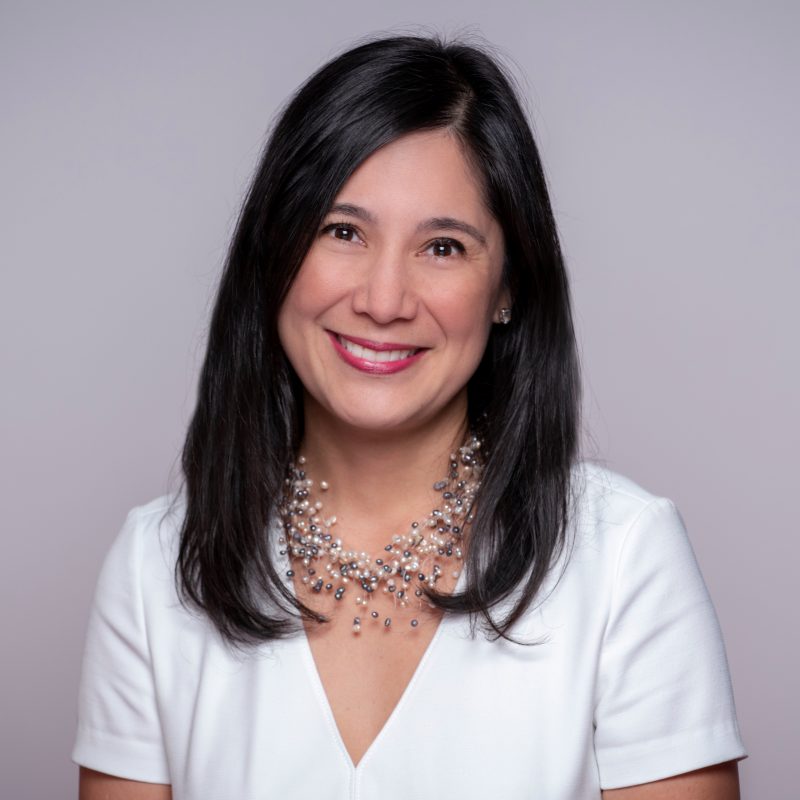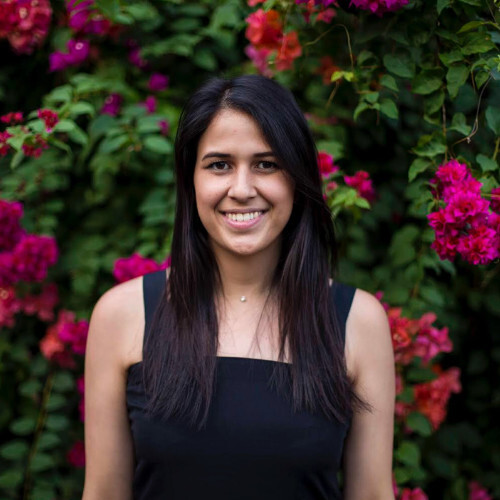Each chapter’s gender equality action lab will ideate and prototype solutions to systemic gender inequities in the SGB sector. They convene regularly and will conclude with a funding challenge to scale promising solutions.
The ESEA Gender Equality Action Lab is a collective platform convening regional specialists and practitioners over 9-12 months to identify barriers to success, improve existing solutions, ideate and prototype solutions to systematic gender inequalities in the SGB sector.
We hope to do accomplish this goal by using a design thinking approach to identify one element or approach to the problem where progress seems possible; build understanding of barriers to solving it, identify actionable solution(s), relevant to the areas of influence, that would fill a gap and address or circumvent those barriers; and prototype and test some dimension of this solution to validate some of the assumptions.
This year-long Action Lab is implemented as part of the ANDE Gender Equality Initiative (AGEI), aiming to contribute to the United Nations Development Goals (SDG5): “Achieve gender equality and empower all women and girls” and provide support to women as leaders, employees, and customers in the emerging market small and growing business (SGB) sector.
AGEI Action Lab Journey: The making of solutions to systemic gender inequalities in the SGB sector
To develop best practices that make the ecosystem more welcoming for women, ANDE East and Southeast Asia synergize the expertise of 16 lab members to kickstart the experiment starting from October 2020 to November 2021.
AGEI Action Lab aims to identify a promising initiative that ANDE members and their collaborators can engage by incorporating design-thinking methods and engaging those with direct experience. The experiment consists of 5 phases and strives to achieve a fundable pilot program proposal(s) backed by early-stage evidence.
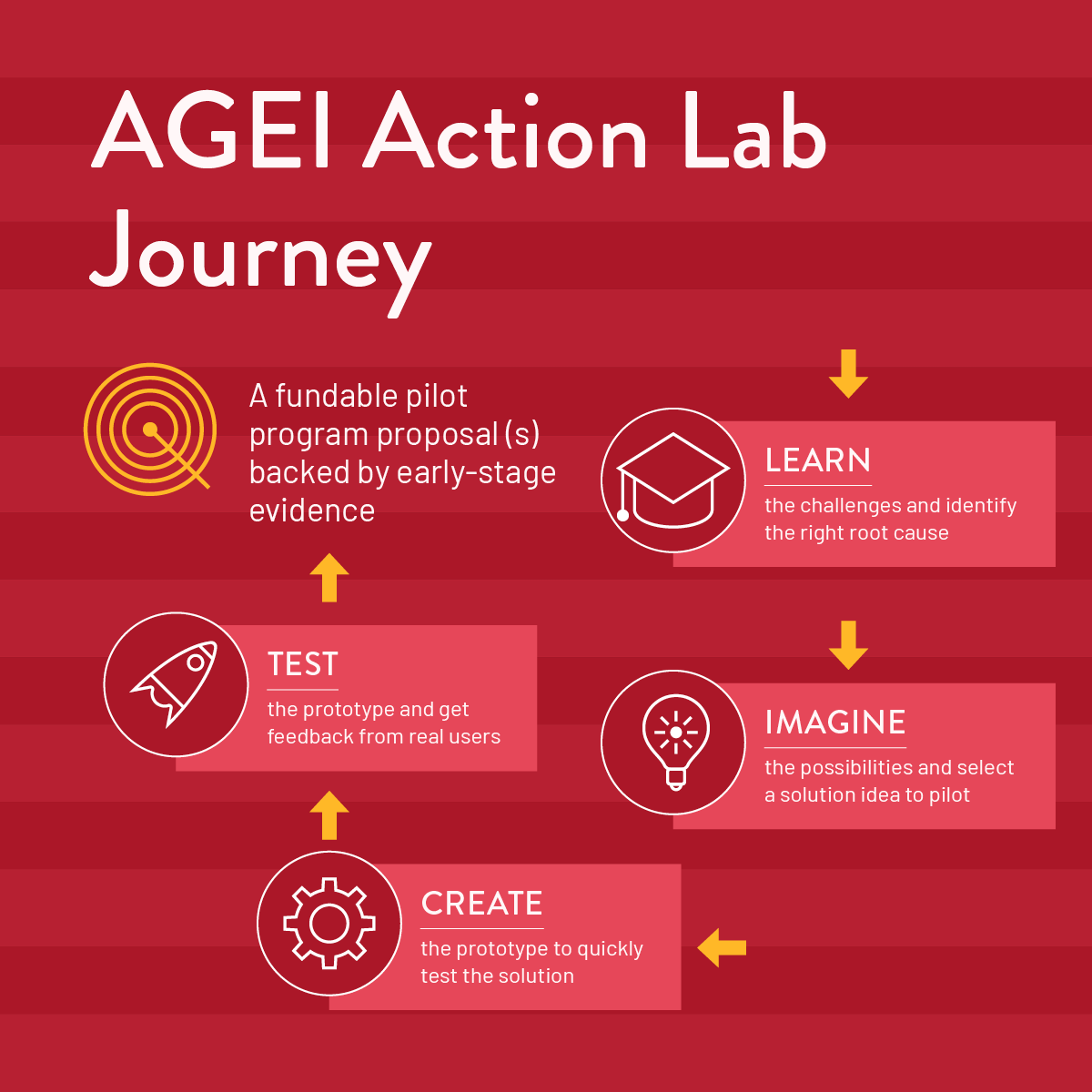
Gender Challenge: “Women-led SGBs lack the skills to access and strategically use capital.” This problem statement is derived from the literature review ANDE conducted and revised by the Advisory Committee to base our research on.
Learn Phase
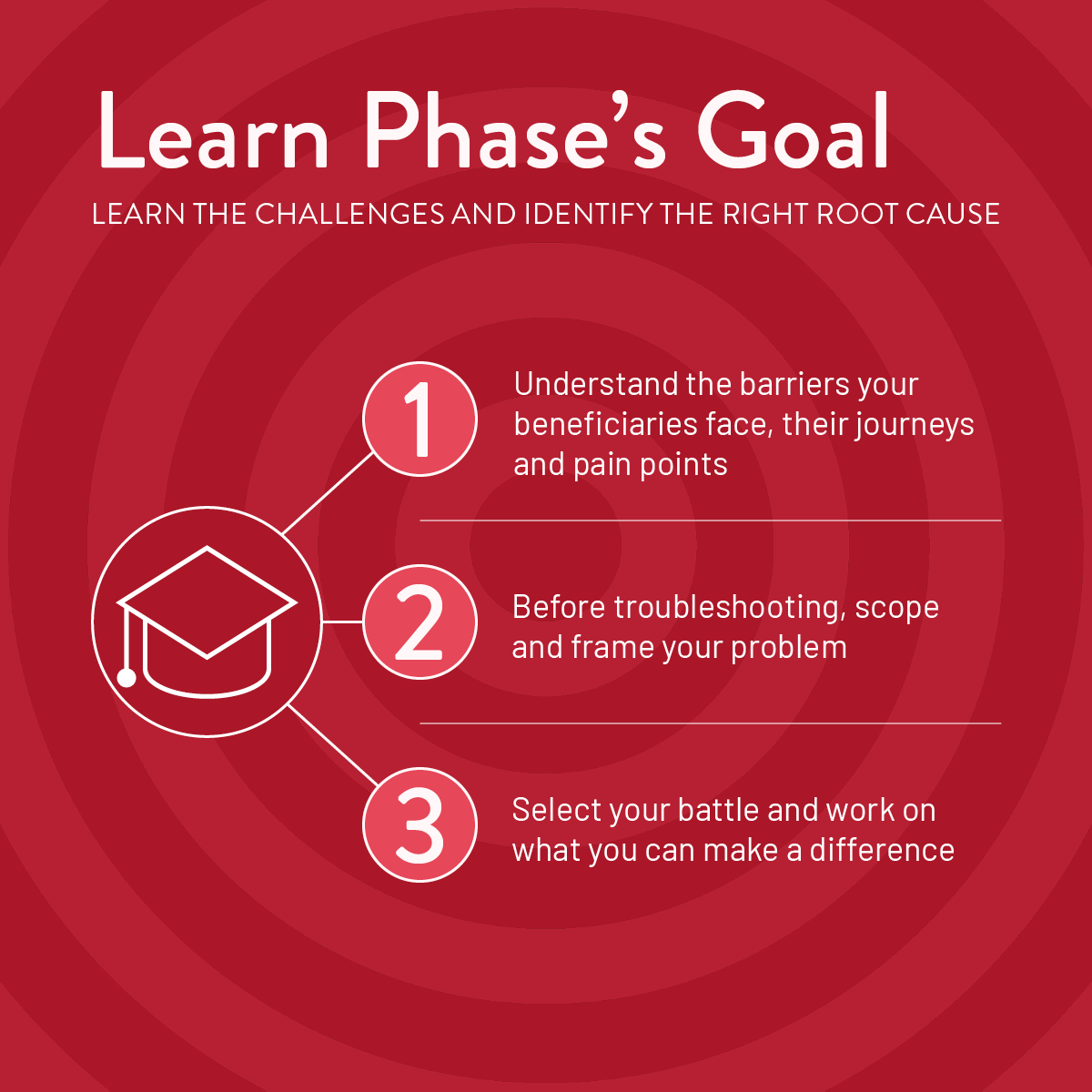
Learn Phase was all about identifying the right PROBLEM. The lab members had sparked stimulating conversations around unique challenges women in SGBs faced and mapped out primary user’s experience to pinpoint the obstacle courses. To do so, they segmented the target beneficiaries into three different groups (urban, rural, and youth) and analyzed their journeys using Gender at Work’s Change Matrix (System Lens).
After the kick-off meeting, the team gathered again to take a deep dive into the factors which influenced women entrepreneurs’ success and failure. By conducting interviews with 12 entrepreneurs, who were archetypes of the potential users, they explored the challenges and opportunities and figured out which direction they should approach. This tool helped them scope and frame a lens to understand gender inequalities and find the right root causes to tackle.
Finally, they closed this phase with PATH (Problem-Angel-Target-Heart) statements, which summarized the problems the team planned to solve and from which angle to take. All of the findings here set the stage for our future research.
Imagine Phase
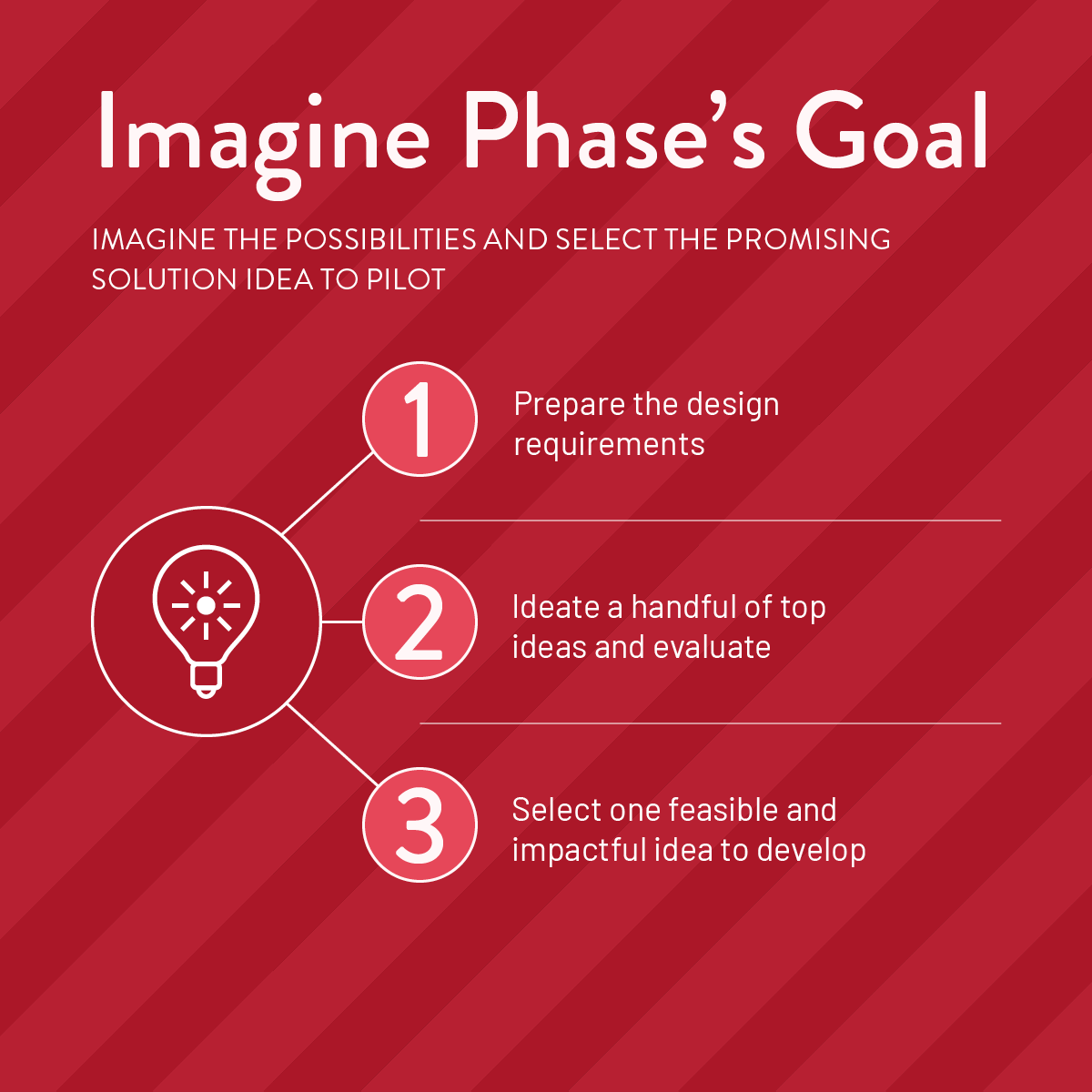
In the first two sessions, the lab members tried to understand what challenged SGBs in achieving SDG #5 and identified which door was open for them to develop a solution. In this Imagine Phase, they moved on from digging into the problem to start thinking about how to make a difference for women in the ecosystem.
Guided by the PATH statements and insights from user interviews, the lab members built a list of constraints and criteria the solution needed to meet. Then, they unlocked their imagination and ideated a handful of potential opportunities based on the System Lens. In the Crazy 8s activity, they further developed eight different iterations of some top ideas and selected the most feasible ones to build the prototype on.
Before going to the next stage, Create Phase, they took a little step back to deconstruct core drivers of the gender challenges and what held the status quo in place. Also, they did a collective research to learn from the existing solutions and how other intermediaries solve the problems.
The mission seemed to be more and more challenging, but we were halfway through the success.
Create Phase

The Create Phase marked another important milestone on the journey to bridge the gender gaps for women entrepreneurs in the SGB sector.
To ensure that the entire lab were working on a strategic response to the gender challenges, they narrowed the target groups down from three to one—urban users—and refined the PATH statements. This updated problem framing acted as a guiding star to develop the prototype. Then, we continued to generate some more solution ideas and clarified the objectives and target beneficiaries.

After a number of meetings and discussions, AGEI Action Lab crew were ready to select the most feasible yet ambitious solutions to be the building blocks of the pilot project. They had decided to proceed with ‘Community Platform’ that connects women entrepreneurs to support and mentorship with a view to increase access to finance. Before dividing up tasks among the team, they visualized the plan and created the prototype storyboard to make sure every piece perfectly fits together based on a clear shared vision.
The whole point of the pilot project was to test the elements of the solution and gather insights and feedback from the users. Finally, those learnings would be used as inputs to further develop the solution idea and help us figure out what to do next.
Test Phase

After months of hard work and dedication, AGEI Action Lab had officially launched the prototype test. The first piece they tested was ‘Self-Diagnostic Tool’ which intends to assess and analyze the entrepreneurs’ context and needs. Then, the output would help entrepreneur support organizations (ESOs) tailor services for their cohorts or direct them to the right channel. Hopefully, this solution eases the struggle of getting financial support and enables women entrepreneurs to scale their businesses more sustainably.
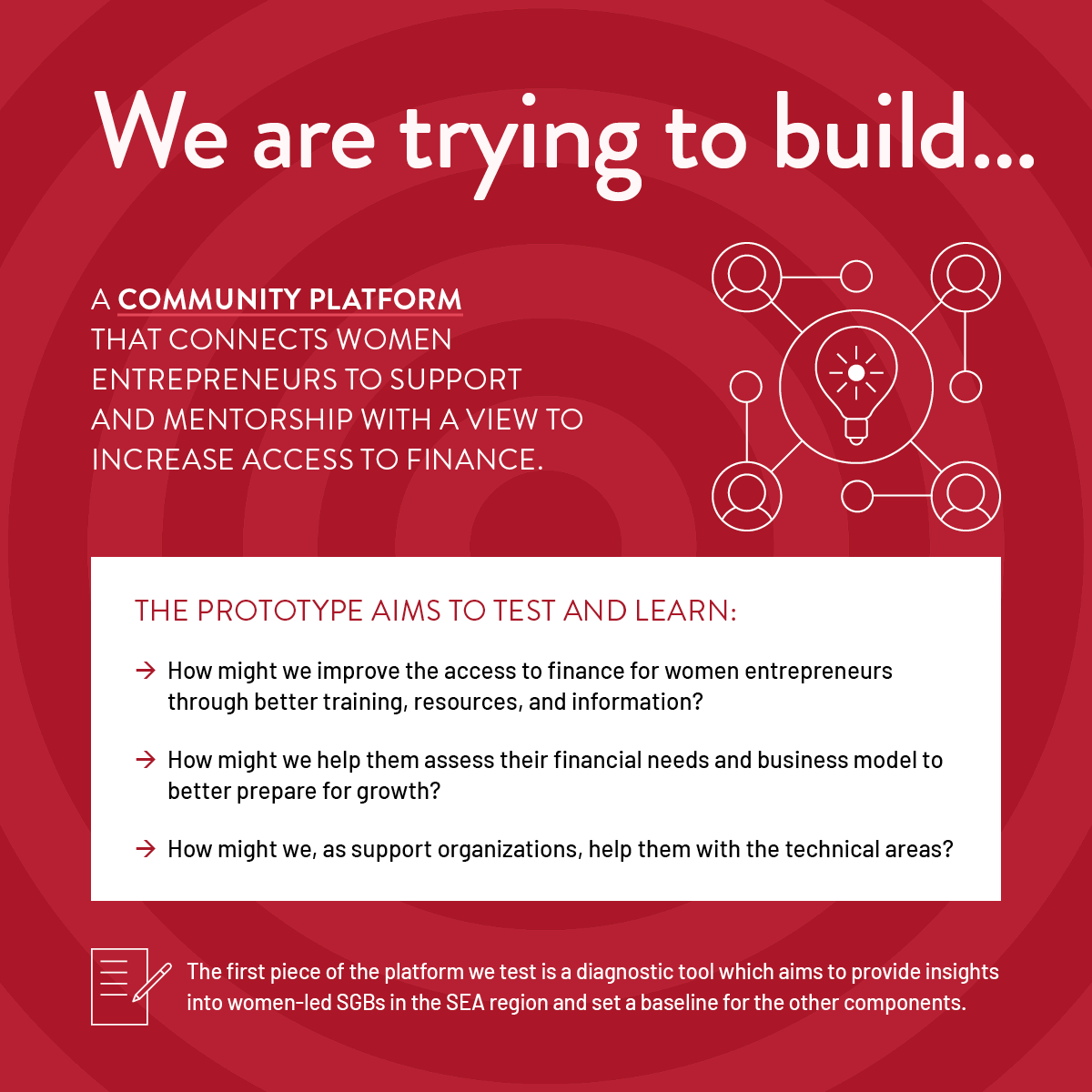
In the Test sessions, the participants finally reviewed the prototype draft, shared the latest implementation plan and task lists, and ensured that there was a clear alignment regarding the concept and how the entire Action Lab could contribute. Next steps were to recruit test users that are urban-based, women-led SGBs in the Southeast Asia region to conduct the diagnostic tool, collect feedback, and debrief learnings.
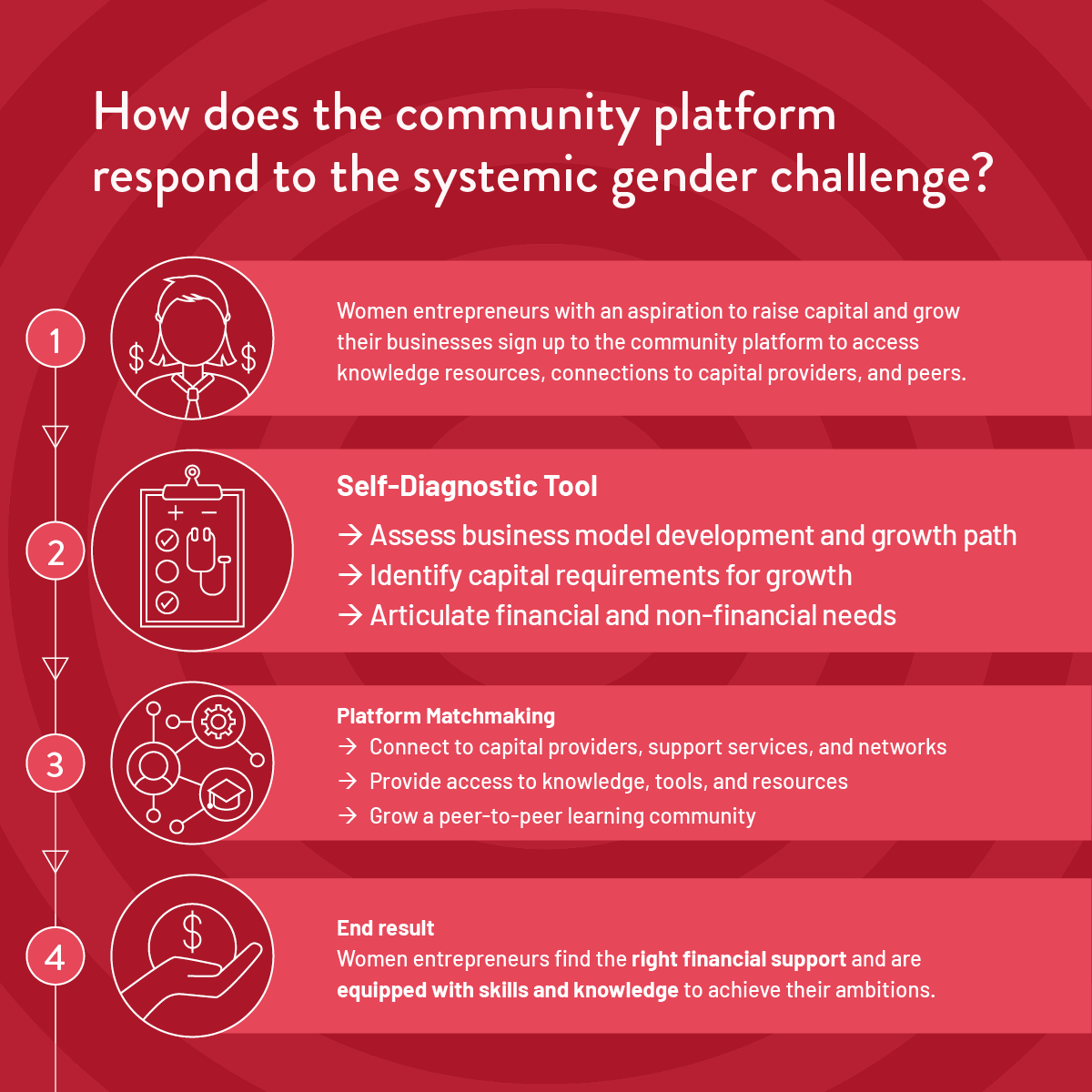
From September to October 2021, they planned to pilot the Self-Diagnostic Tool and collected feedback from women entrepreneurs based in Cambodia, Indonesia, Myanmar, Philippines, Thailand, and Vietnam.
Learn 2.0 Phase
AGEI Action Lab was back in the final debrief session after a month of prototype testing. They reviewed the results and gathered insights from the pilot project. Also, in this learning cycle, they shared reflections on the experience and discussed how the lab should proceed from solution to project proposal stage.
Final Project Idea Presentation
ANDE Gender Equality Action Lab had officially come to an end after a yearlong journey. At the Final Project Idea Presentation meeting, the lab members presented the pilot project and conducted a peer selection survey to assess its success and iteration on ANDE’s future action labs.
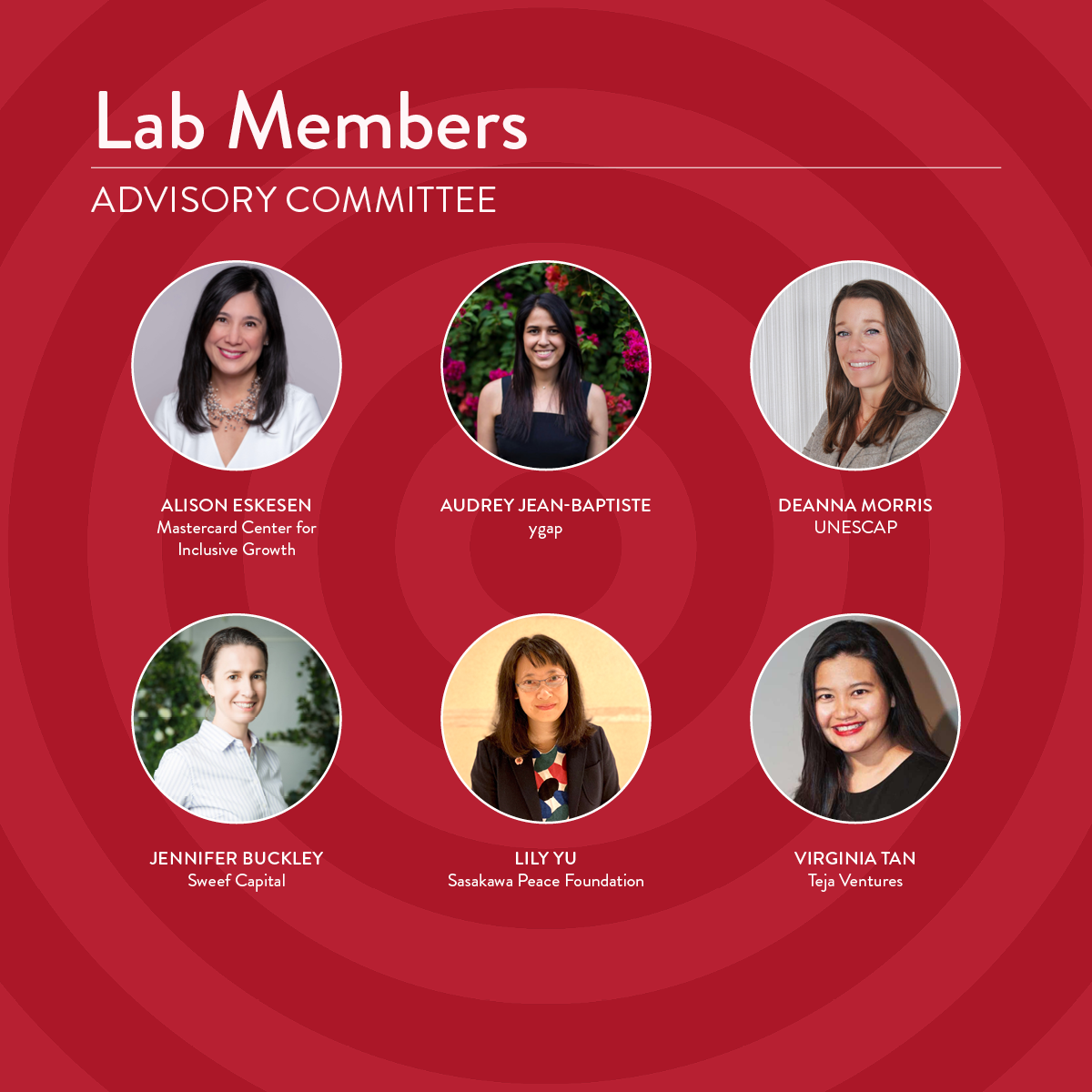
BIG CONGRATULATIONS to our Advisory Committee and lab participants! Thank you for always joining us with your expertise, insightful experience, and stimulating discussions, which led us to develop a more gender-inclusive entrepreneurial ecosystem. Also, we would like to extend our gratitude to every organization who had supported and involved in this program. It has been an incredible collaboration, and we cannot wait to share with you more gender equality initiatives in the upcoming year!
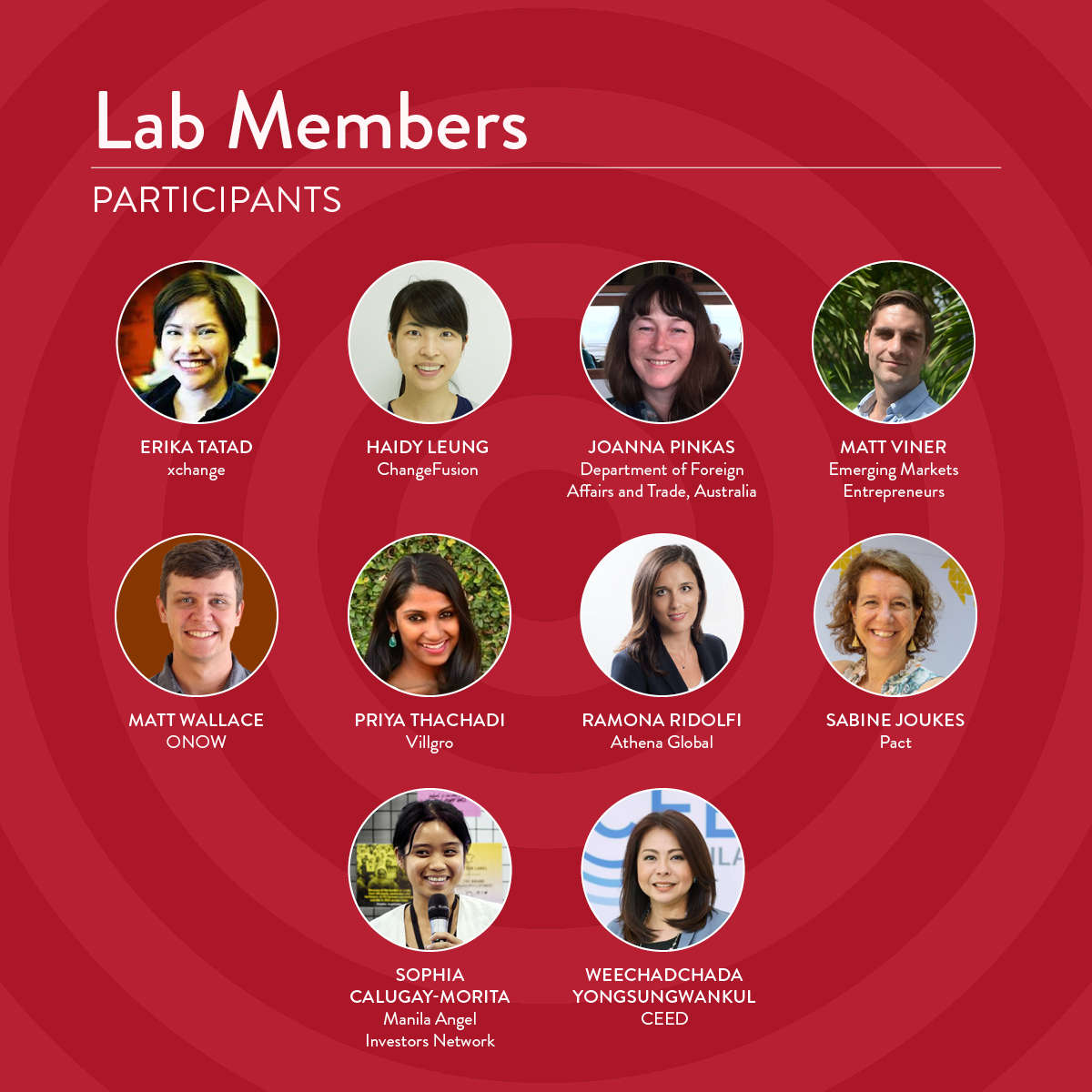
We envision a more gender-focused SGB ecosystem, where women-led businesses are effectively supported, gender-inclusive employment practices are adopted, and where products and services are designed to improve the lives of women customers.

